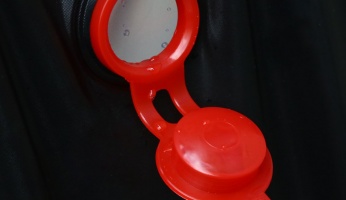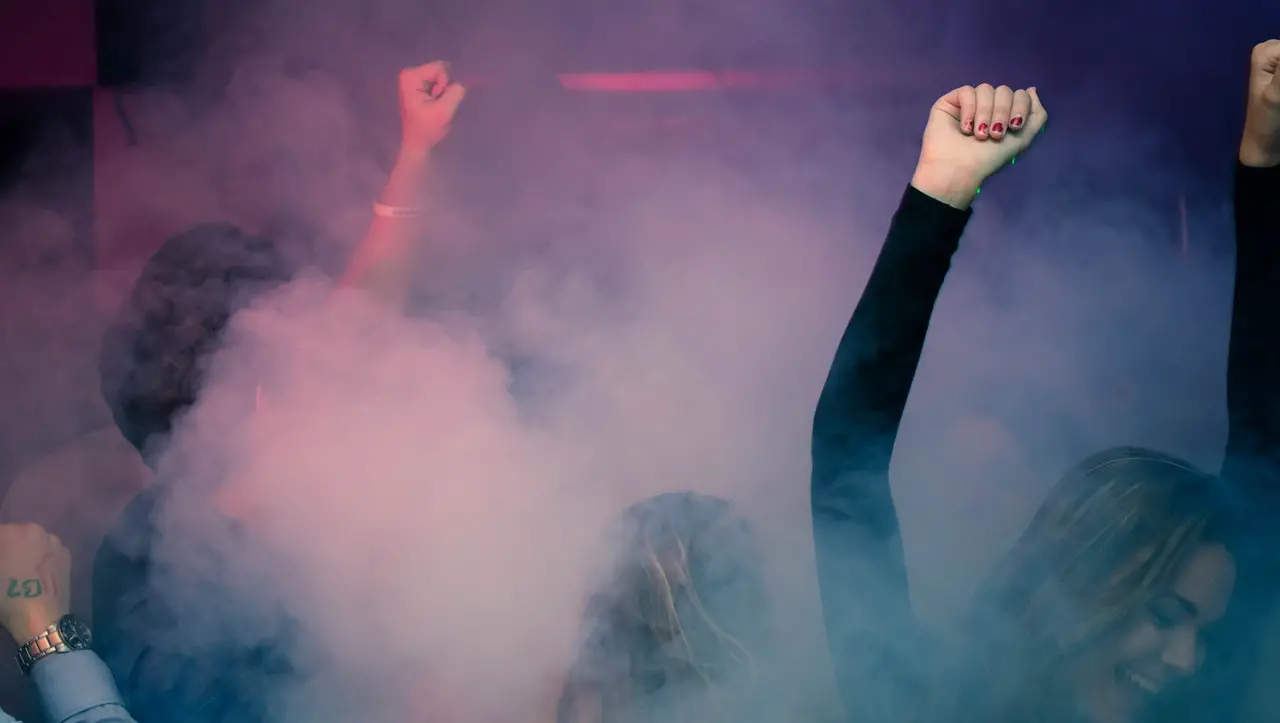Snorkeling vs. Scuba Diving: Which is Right for You?
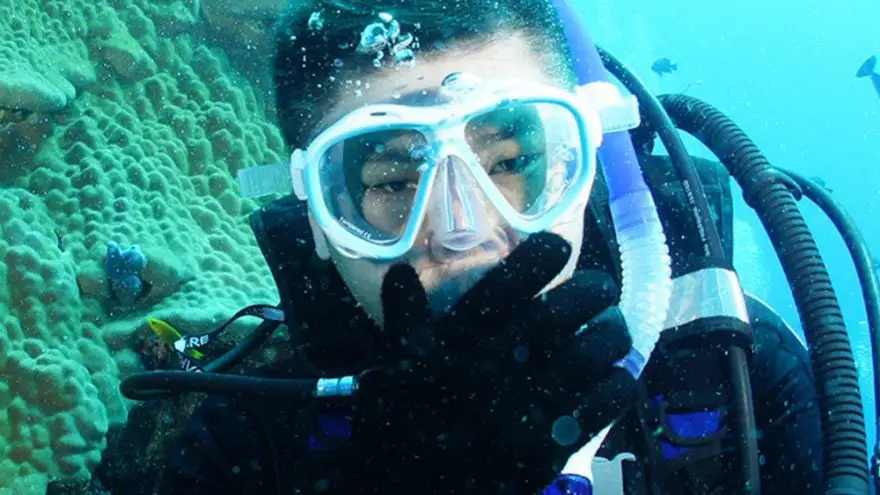 Snorkeling vs. Scuba Diving: Which is Right for You?
thegearhunt.com
Snorkeling vs. Scuba Diving: Which is Right for You?
thegearhunt.com
When you are faced with making a decision as to whether you will snorkel or scuba dive on your next vacation, you might first want to get the facts about them. To that end, we have compiled this comparison to make things a bit easier for you.
What is Snorkeling?
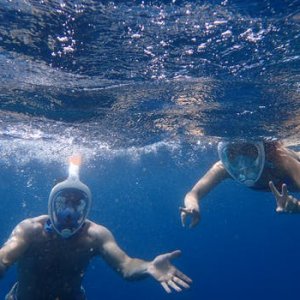 Snorkeling is when you swim using a mask, a snorkel, and sometimes fins. If the water is particularly frigid, you might also wear a wet suit. Using this type of equipment allows for the snorkeler to see things underwater for longer periods of time than simply holding their breath would. You stay near the surface so that the snorkel sticks up above the water and allows you to breathe.
Snorkeling is when you swim using a mask, a snorkel, and sometimes fins. If the water is particularly frigid, you might also wear a wet suit. Using this type of equipment allows for the snorkeler to see things underwater for longer periods of time than simply holding their breath would. You stay near the surface so that the snorkel sticks up above the water and allows you to breathe.
Snorkeling is an activity that is extremely popular, particularly in tropical locales. The appeal of this activity is that it gives you the chance to observe life underwater in its natural setting without necessitating any of the training and equipment that are required for scuba diving. Snorkeling appeals to people of all ages because it requires very little in the way of effort and without any of the bubbles that you would exhale if you were using scuba equipment. The surface discipline of fin swimming has its basis in snorkeling.
There are times when scuba divers also snorkel. Those times include when they are swimming on the surface, and when they play underwater sports like underwater rugby and hockey. Snorkeling is also used when they conduct underwater searches for search and rescue teams.
What is Scuba Diving?
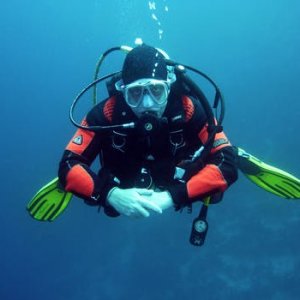 First of all, you need to know that SCUBA is the anacronym for Self-Contained Underwater Breathing Apparatus. It can be described as a method of diving underwater while using a variety of equipment to breathe underwater, allowing you to stay down for long periods of time. Some of the equipment scuba divers use and carry underwater with them is their own air, which allows them to have a greater freedom of movement and independence than divers who are supplied with air by returning to the surface for each breath.
First of all, you need to know that SCUBA is the anacronym for Self-Contained Underwater Breathing Apparatus. It can be described as a method of diving underwater while using a variety of equipment to breathe underwater, allowing you to stay down for long periods of time. Some of the equipment scuba divers use and carry underwater with them is their own air, which allows them to have a greater freedom of movement and independence than divers who are supplied with air by returning to the surface for each breath.
Scuba systems that are open circuit work to discharge this breathing gas right into the environment as soon as it is exhaled, and they are made up of diving cylinders (one or more) that contain the gas for breathing at a high pressure. This gas is delivered to the person using it through the use of a piece of equipment called a regulator. They might even include extra cylinders when they need a bit of range extension, to use as decompression gas, or even for emergency breathing gas.
Semi-closed or closed-circuit scuba systems known as rebreathers allow for the exhaled gases to be recycled and breathed again. This reduces the volume of gas the scuba diver needs to carry with him on his underwater jaunts. Rebreathers can effectively extend the time that the diver can spend underwater when compared to open-circuit diving for the same amount of gas production. There are fewer bubbles produced and it is also quieter than the open circuit equipment, which makes this the preferred method of diving for military divers who are looking to avoid being detected, scientific divers who don’t want to disturb any of the marine life, and media divers looking to avoid interference from bubbles.
Scuba diving is done both professionally and recreationally in quite a few applications that include roles in public safety, military, and scientific, but most of the commercial diving also uses diving equipment that is surface supplied whenever practical. Scuba divers who dive in the service of the armed forces are sometimes referred to as attack swimmers, combat divers, and frogmen.
Scuba divers tend to move through the water with the use of swim fins that are attached to their feet, but they can also use external propulsion that they get from a sled that is pulled from the surface or a diver propulsion vehicle. Some of the other equipment they use includes a mask so that their vision underwater can be as clear as possible, equipment that is specifically related to the purposes or specific circumstances of their dive, equipment that controls the buoyancy of the diver, and exposure protection.
People who scuba dive have to be trained in skills and procedures that are appropriate for their specific level of certification by instructors who are affiliated with the various organization for diver certification. These organization issue certifications. These certifications include ones for things like for the standard operating procedures for dealing with the typical hazards of the environment underwater and for using the necessary equipment, and the specific emergency procedures for helping themselves and to help other divers with similar equipment who are having problems underwater. Most of these training organizations require interested candidates to meet minimum health and fitness levels, but even higher fitness levels might be appropriate in some applications.
Snorkeling vs. Scuba Diving
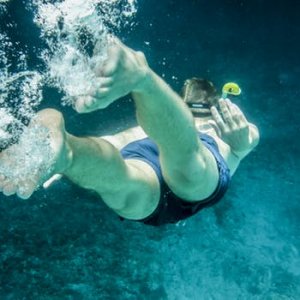 The main difference between these two activities is that when you snorkel, you float underwater yet near enough to the surface that your snorkel can penetrate it. Scuba diving involves deep diving in the water while using scuba equipment.
The main difference between these two activities is that when you snorkel, you float underwater yet near enough to the surface that your snorkel can penetrate it. Scuba diving involves deep diving in the water while using scuba equipment.
Both scuba diving and snorkeling are recreational activities that are very popular and allow you to explore the attractions that are under the water. Additionally, some of the equipment required is used by both – think swim fins and diving masks. Both of these types of diving require that you know how to swim, but scuba also requires training that is specialized.
Just knowing how to dive or swim isn’t enough when it comes to scuba diving. You first have to learn how to scuba dive. Training for this includes learning how to use and handle the equipment along with learning how to prevent any accidents as well as how to solve any issues you might run into underwater. Once you complete the training for scuba diving, you will receive a certification that will permit you to scuba dive where ever in the world you like. That being said, the ability you have to dive will be limited to the level of training you have completed. As an example, the limit that most recreational divers can dive to is typically between 100 and 130 feet.
Similarities Between the Two
Both activities allow you to see and sometimes explore the attractions that are hidden underwater.
To participate in either of these activities, you need to know a variety of floating and swimming skills.
Both of these activities require things like swim fins, a snorkel, and a mask.
Differences Between the Two
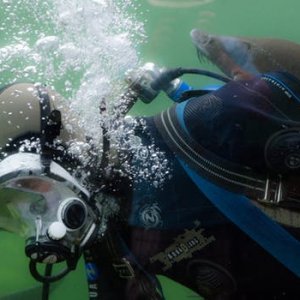 Snorkeling involves exploring areas that are underwater by using swim fins, a snorkel, and a diving mask. By contrast, scuba diving is a method of diving underwater that involves using SCUBA equipment, which utilizes compressed air as a breathing gas. The main difference between the two is the equipment that is used. You don’t need too much equipment for snorkeling and none of it is complicated. For scuba, you need snorkeling equipment, a depth gauge, BCD, regulator, and a scuba tank at least. Aside from that, snorkeling requires no specialized training, while scuba diving requires training and certification.
Snorkeling involves exploring areas that are underwater by using swim fins, a snorkel, and a diving mask. By contrast, scuba diving is a method of diving underwater that involves using SCUBA equipment, which utilizes compressed air as a breathing gas. The main difference between the two is the equipment that is used. You don’t need too much equipment for snorkeling and none of it is complicated. For scuba, you need snorkeling equipment, a depth gauge, BCD, regulator, and a scuba tank at least. Aside from that, snorkeling requires no specialized training, while scuba diving requires training and certification.
The definition of snorkeling is a method of diving to explore underwater areas by using swim fins, a snorkel, and a dive mask.
The definition of scuba diving is a method of diving underwater that involves using SCUBA (a Self-Contained Underwater Breathing Apparatus) along with a breathing gas or compressed air.
Equipment needed for snorkeling includes a pair of swim fins, a snorkel, and a diving mask. Equipment that is needed for scuba diving includes snorkeling equipment, a depth gauge, BCD, regulator, scuba tank, and snorkeling equipment.
The snorkeling position in the water is right at the surface or just below it. This typically happens in shallower waters. The scuba position in the water is down to extensive depths. This can happen in the depths of the ocean.
For snorkeling, you don’t need any sort of specialized training, while for scuba diving you do.
The purpose of snorkeling is mainly recreational and can include observing coral reefs, algae, and fish, especially in waters that are warm and relatively still. The purposes of scuba diving include offshore construction – mainly for the military, underwater welding, and civil engineering when it comes to professional purposes, and recreational purposes include things like ice diving, wreck diving, and cave diving.
The technique also differs. For snorkeling, only the nose and head need to be underwater. You can literally do it from a bent over standing position. If water gets into the snorkel, it can be expelled by blowing sharply into it or by returning to the surface to empty it. When it comes to scuba diving, the entire body of the diver will be under the water. The eyes and nose of the diver will be covered by their diving mask. The person diving will not be able to use their nose for breathing, unless they happen to be using a diving mask meant for the entire face, but they will adapt to using their mouth for breathing.
The duration for being underwater is significantly shorter for a snorkeler than for a scuba diver. They will need to hold their breath if they want to swim below the surface. Scuba divers don’t need to hold their breath and because of this, they can remain underwater for long periods of time.
Snorkeling is all about swimming through the water using a snorkeling mask. Scuba diving is a type of underwater diving using specialized equipment for breathing.
Snorkeling doesn’t require any sort of training. Snorkelers tend to favor reefs that are relatively shallow that range from about 3 to 12 feet in depth. Reefs that are deeper are also good, but they need to hold their breath repeatedly in order to dive to those depths and this requires quite a few trips to the surface and that limits the amount of people who do this due to the bar for skill and fitness levels being raised.
On the other hand, scuba divers require quite a bit of training on things like troubleshooting, safety procedures, and how to actually use the equipment involved. There isn’t any sort of central regulatory or certifying agency, but many of the dive sale and rental shops require divers to provide proof of their certification for scuba diving.
When it comes to snorkeling, the biggest hazard is not being seen by water crafts and jet skis. This is because their body will be underwater and the only thing sticking out is the small tube of the snorkel. They can also be endangered by hyperventilation, dehydration, and from coming into contact with poisonous forms of coral. The other danger is that of being sunburned.
With scuba diving, the dangers are underwater vision and refraction, oxygen toxicity, nitrogen narcosis, and decompression sickness.
Training
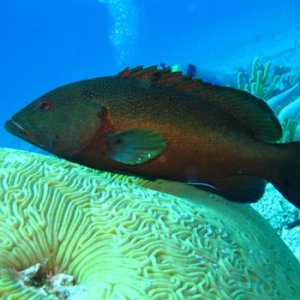 If you want to scuba dive, you will need to be trained in how to troubleshoot problems underwater, how to use the equipment to breathe underwater, and safety procedures. Snorkeling doesn’t require you to obtain any sort of training and you can even do it while not really knowing how to swim, since you can just stand there and bend over to put your head under the water. This isn’t recommended if you don’t know how to swim, but it is possible.
If you want to scuba dive, you will need to be trained in how to troubleshoot problems underwater, how to use the equipment to breathe underwater, and safety procedures. Snorkeling doesn’t require you to obtain any sort of training and you can even do it while not really knowing how to swim, since you can just stand there and bend over to put your head under the water. This isn’t recommended if you don’t know how to swim, but it is possible.
The bottom line is this – if you have limited to no swimming abilities, snorkeling might be the best option for you. If you don’t mind putting in the time, dedication, and effort to get trained, and want to dive to deeper depths, scuba might be your thing. Either way, you will be able to explore worlds previously unseen by you.
Sources
- YouTube, Scuba Diving or Snorkeling?
- Huffington Post, SNUBA is Basically Like Scuba Diving and Snorkeling, But Easier





